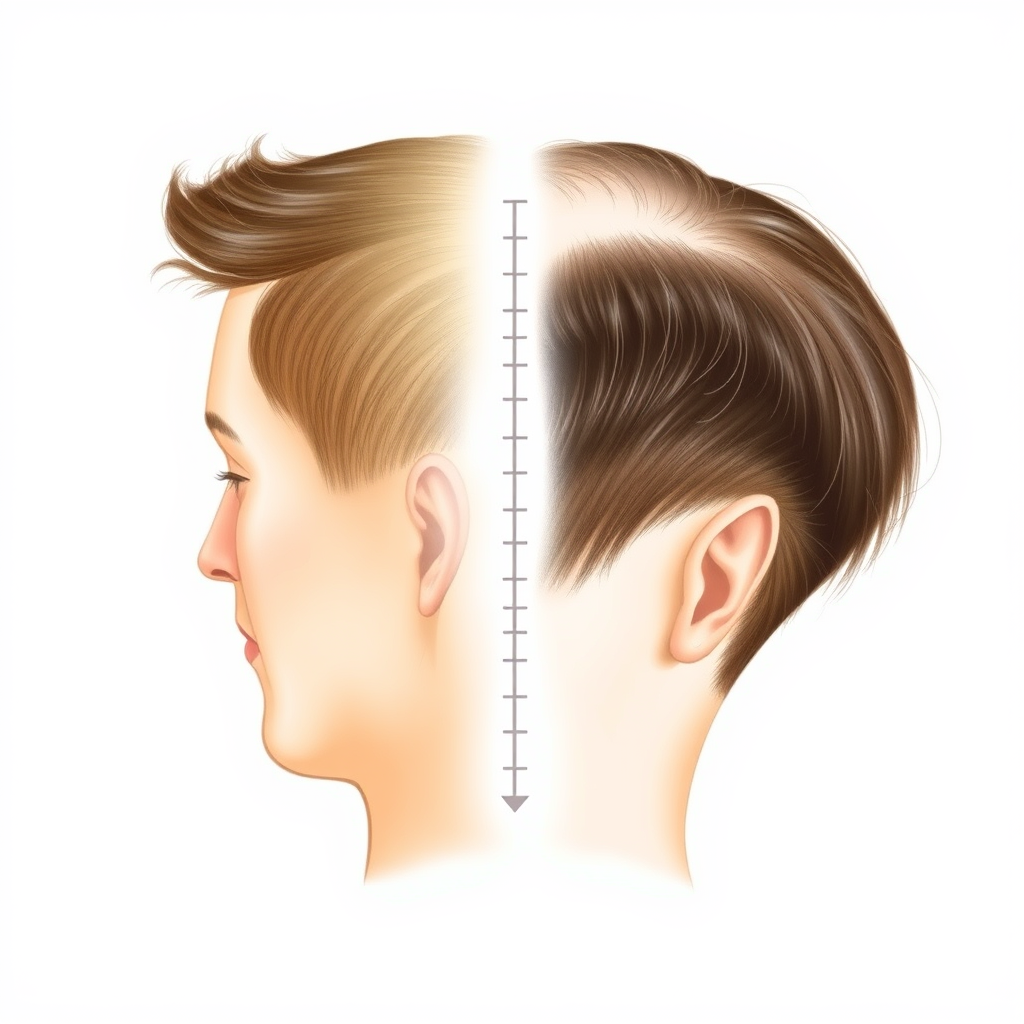Stopping Finasteride What You Need to Know

Finasteride is a widely prescribed medication for male pattern baldness, and many men contemplate its long-term use. Understanding what happens when you discontinue treatment is crucial for informed decision-making. The medication works by blocking dihydrotestosterone (DHT), a hormone that shrinks hair follicles, leading to hair loss. By inhibiting DHT production, finasteride can slow or halt hair loss, maintain existing hair, and even promote some regrowth. However, these benefits are contingent on continued use.
When a man stops taking finasteride, DHT levels gradually return to pre-treatment levels, typically within a few weeks. This resumption of DHT activity inevitably leads to the re-establishment of the genetic hair loss pattern. Expect increased shedding, reduced hair thickness, particularly around the temples and crown, and potential reversal of any regrowth achieved while on the medication. Essentially, finasteride pauses hair loss; it doesn’t reverse or cure it. After a year or more of treatment, the contrast between managed and unmanaged hair loss will likely be more pronounced.
Discontinuing finasteride also impacts potential side effects. While uncommon—affecting roughly 1-2% of users—side effects like low libido, erectile dysfunction, and mood swings often resolve within weeks of stopping the medication. For those experiencing such side effects, this can be a significant motivating factor for discontinuation. Some men also report a period of “catch-up” shedding several months after stopping, which isn’t caused by stopping the medication, but rather represents the natural progression of hair loss now uninhibited by the drug.
Before stopping finasteride, several factors deserve consideration. If the medication is effectively managing hair loss without causing bothersome side effects, the potential impact on confidence and appearance over the following year or more should be weighed. Exploring alternative treatments, such as topical DHT blockers or combining finasteride with minoxidil, is also prudent. Ultimately, stopping finasteride isn’t necessarily a failure; it’s simply a change in approach.
It’s important to note that finasteride can be restarted after discontinuation, but regaining lost progress isn’t guaranteed. Consistency from the outset is generally the most effective strategy.
From a medical perspective, finasteride is a tool for managing a condition, not a permanent fix. The decision to continue or discontinue should be made in consultation with a healthcare professional, considering individual circumstances, expectations, and potential alternatives. Open communication with a medical expert is vital to navigate the complexities of hair loss treatment and make an informed choice that aligns with personal goals and well-being.